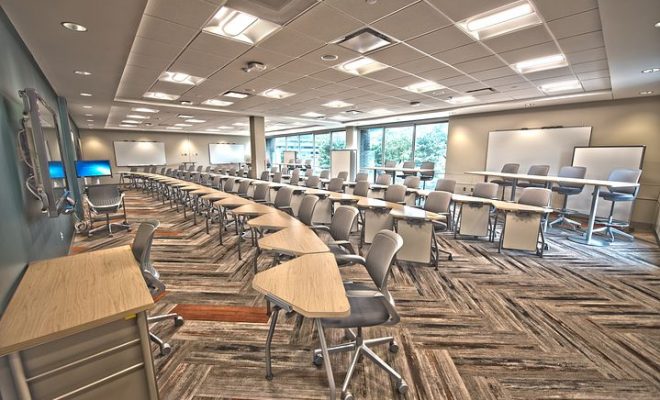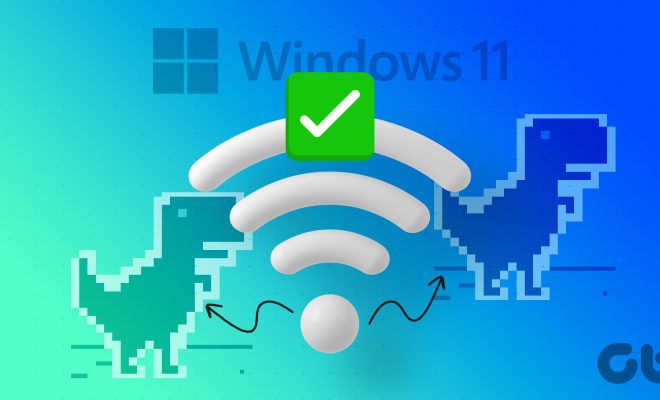Adopting the Asynchronous Mindset for Better Online Learning

The lockdowns in response to the COVID-19 pandemic revealed that ed-tech has a valuable place in the education system. It has become more apparent now that students have to do more online learning than they ever have before. There are plenty of ways that educators can use technology to create online lessons and deliver instructions remotely.
When they are appropriately used, this technology can contribute to higher engagement levels, collaboration, and improve every user’s overall lives. Many teachers believe that online learning must take place the same way that physical learning does – with all of the students, and the teacher, present at the same time. What most teachers don’t know is that the asynchronous online learning mindset can be just as effective.
Adopting the Asynchronous Mindset
The most crucial thing to keep in mind when evolving any sort of teaching activity to be better suited to online learning is that online learning does not need to take place at the same time as online teaching. This shift from in-person learning to the online counterpart is what makes online learning unique.
When you are giving a course in a traditional classroom setting, you are standing at the front of the class, at the whiteboard, and when having discussions with your learners in real-time. When you move things online, the same can take place.
You might believe that the only way to run an online class is synchronously via web conferences. In most cases, this won’t be very practical, since the probability that all of the learners and the educator being all together with live, stable internet connections is relatively low.
That’s why it’s much easier to work on the asynchronous mindset. This means that you won’t need to count on you and your learners being online simultaneously. It takes some getting used to, but you will find the experience very enlightening once you have the shift down.
The Asynchronous Mindset is Everywhere
For instance, you may want to create a course in your LMS (Learning Management System) to be a series of modules, and decide that you want your learners to take the modules sequentially, because each builds on the last, or you want to let your learners take the modules in the order of their choosing.
Each module may be a video that you created regarding the content, accompanied by a PDF, some relevant documents, YouTube and third-party links, etc.
Students can log into the virtual classroom whenever they want, even during the early hours of the morning, to access each module in the order you designated. You can also lay out some essential rules for the course, like the frequency and types of assessments and more.
Concluding Thoughts
Not all learning needs to be done with the teacher and the student working together simultaneously. Allowing your students the freedom to do their coursework according to their schedules will help boost engagement and teach your learners how to plan for themselves and be responsible. The asynchronous mindset is everywhere, and embracing it is crucial to successful online learning.






